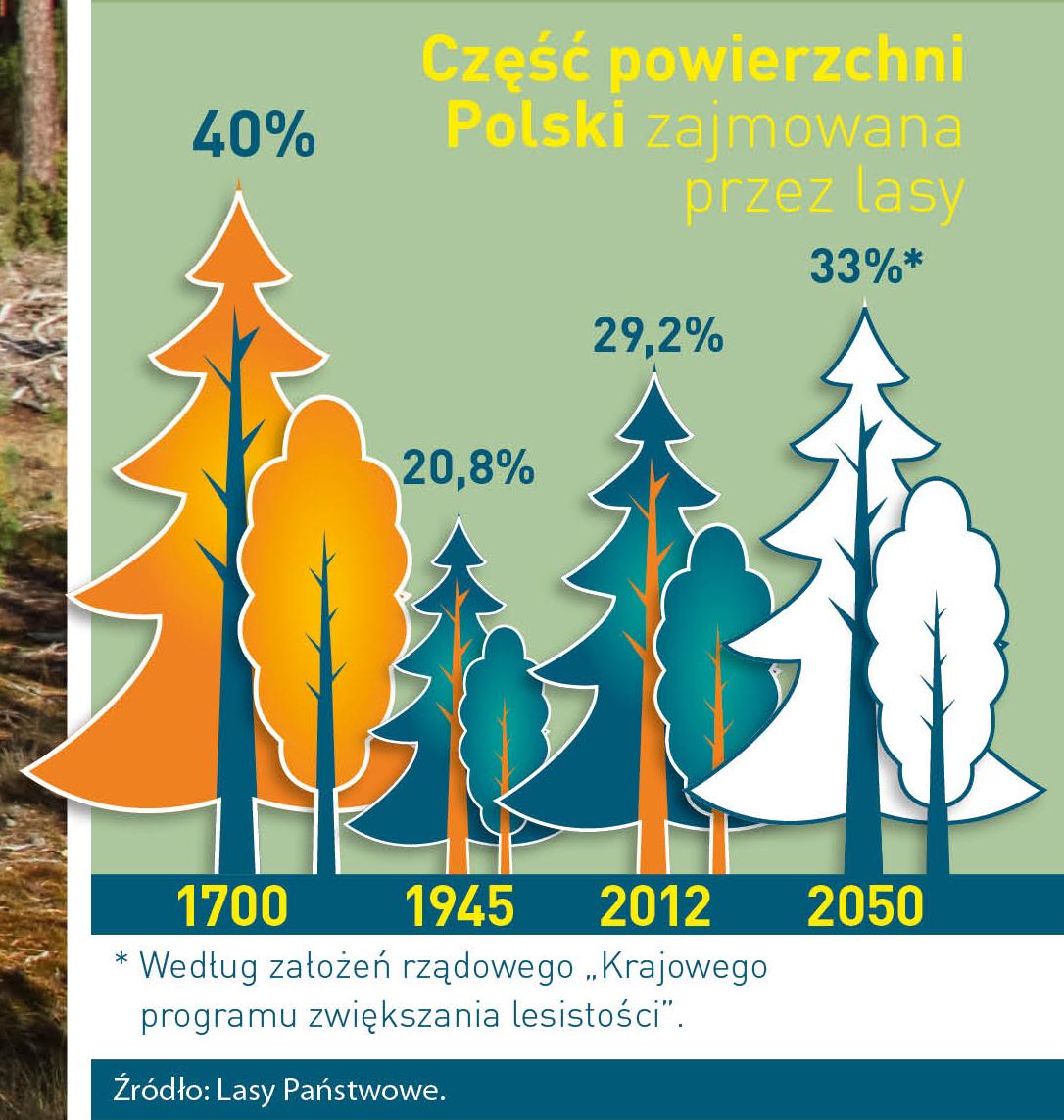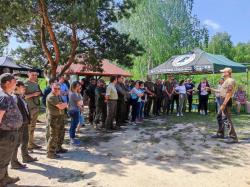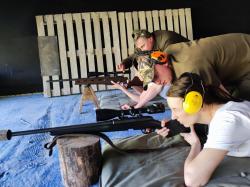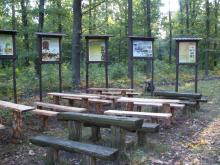 Asset Publisher
Asset Publisher
Polish forests
Poland is in the European lead, while concerning the area of all forests. They cover about 29,2 % of the country territory, and grow within the area of 9,1 million hectares. The overwhelming majority of the forests is state owned, of which almost 7,6 million hectares are managed by the State Forests National Forest Holding..
The number of Polish forest is still growing. The forestation rate of the country has increased from 21 % in 1945 to 29,2 % at the moment. Between 1995 and 2008, the forest area increased by 310 thousand ha. The basis for afforestation works is the "National Programme for Increasing the Forest Cover" (KPZL), assuming an increase of the forestation rate up to 30 % by 2020 and up to 33 % by 2050. Polish forests abound in flora, fauna and fungi. 65 % of the total number of animal species live there.
The forests grow in our country on poor soils, mainly because of the development of the agriculture in previous years. It influences the distribution of the types of the forest sites in Poland. Over 55 % of the forest areas is covered with coniferous forests. In other areas, there are forest sites, mainly the mixed ones. Their small part constitute alder and riparian forests – not more than 3 %.
In the years 1945 – 2011 the area of natural deciduous tree stands within the area of the State Forests National Forest Holding increased from 13 to 28,2 %.
Within the lowlands and uplands the most often occurring tee species is pine. It covers 64,3 % of the forest area of the State Forests National Forest Holding and 57,7 % of private and commune forests. In the mountains the predominant species is European spruce ( in the west) and European spruce with beech (in the east). Domination of pine is the result of carrying on sustainable forest management in the past. Once, the monocultures (crops or cultivations of one species) were the answer to the great demand of industry for wood. Such forests appeared to be quite fragile to climatic factors. They also were often the prey of pests' expansion.
In Polish forests, the share of other tree species, especially deciduous trees have been systematically increasing. The foresters have stepped aside from monocultures – that is why, they try to fit specific species of the forest stand to the natural stand, that would be proper for the given area. Thanks to that, in the years 1945 – 2011, the area of the deciduous tree stands within the lands of the State Forests National Forest Holding increased from 13 to 28,2 %. There occur more and more frequently the following tree species: oaks, ashes, maples, sycamore maples, elms, but also birches, beeches, alders, poplars, hornbeams, aspens, tilias and willows.
Our forests are the most often represented by the forest stands aged 40 to 80 years. The average age of the forest equals 60 years. More and more trees are of big size at the age over 80 years. Since the end of the Second World War, the forests' area has increased up to almost 1,85 million hectares.
Raport o stanie lasów w Polsce 2012
 Asset Publisher
Asset Publisher
Szkolenie proobronne dla leśników z nadleśnictwa Oleśnica Śląska
Szkolenie proobronne dla leśników z nadleśnictwa Oleśnica Śląska
Klub Strzelecki WILK– przeprowadził szkolenie proobronne dla leśników z Nadleśnictwa Oleśnica Śląska, które obejmujmowało posługiwanie się bronią. Wspólne ćwiczenie odbyło się 13 maja 2022 roku na Strzelnicy w Łuczynie.
Dzięki takim działaniom mogliśmy sprawdzić swoje umiejętności oraz nabrać doświadczenia.
Dziękujemy Klubowi Strzeleckiemu WILK za profesjonalne przygotowanie szkolenia oraz za merytoryczny i konkretny instruktarz z posługiwania się bronią.
Ponadto Dyrektor Generalny Lasów Państwowych Józef Kubica 27 kwietnia 2022 roku, podpisał porozumienie z Wojskiem Obrony Terytorialnej na przeprowadzenie cyklu szkoleń proobronnych dla leśników. Więcej: http://www.lasy.gov.pl/pl/informacje/aktualnosci/wot-wyszkoli-lesnikow-na-wypadek-wojny
– Lasy Państwowe i leśnicy od zawsze i w każdej sytuacji pozostają do dyspozycji państwa – podkreśla Józef Kubica, p.o. dyrektor generalny Lasów Państwowych. – Szkolenia obronne, które rozpoczynamy z WOT to nie nowość. Takie kursy odbywały się już przed laty. Kontynuujemy najlepsze tradycje Przysposobienia Wojskowego Leśników.
Lasy Państwowe są jednostką przewidzianą do militaryzacji. Zarządzenie Ministra Środowiska z 17 maja 2017 roku określa zadania związane z przygotowaniem jednostek organizacyjnych do objęcia ich militaryzacją i sposób realizacji tych zadań. Na czas mobilizacji leśnicy mają ściśle określone zadania.
– Należą do nich np. zaopatrzenie gospodarki narodowej w surowiec drzewny m.in. na potrzeby utrzymania infrastruktury drogowej i kolejowej. A także realizowanie zadań wynikających z obowiązków państwa – gospodarza wojsk sojuszniczych na terenach administrowanych przez Lasy Państwowe – informuje Michał Gzowski, rzecznik prasowy Lasów Państwowych. – W przypadku wybuchu konfliktu zbrojnego dla większości pracowników Lasów Państwowych stosunek pracy zamienia się w stosunek służby.
W przypadku konfliktu, lasy są terenem prowadzenia działań zbrojnych. Stąd tak ważne jest przygotowanie do walki na tych obszarach. Przypomnijmy - w Lasach Państwowych pracuje ok. 26 tysięcy ludzi, znakomita większość w jednostkach terenowych. Szkolenia WOT z pewnością podniosą dotychczasowe umiejętności leśników i będą niezbędne w przypadku konieczności obrony państwa.


 fot. Paweł Fabijański
fot. Paweł Fabijański
 fot. Paweł Fabijański
fot. Paweł Fabijański
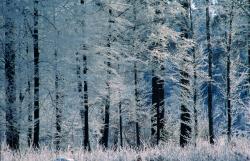 fot. Paweł Fabijański
fot. Paweł Fabijański
